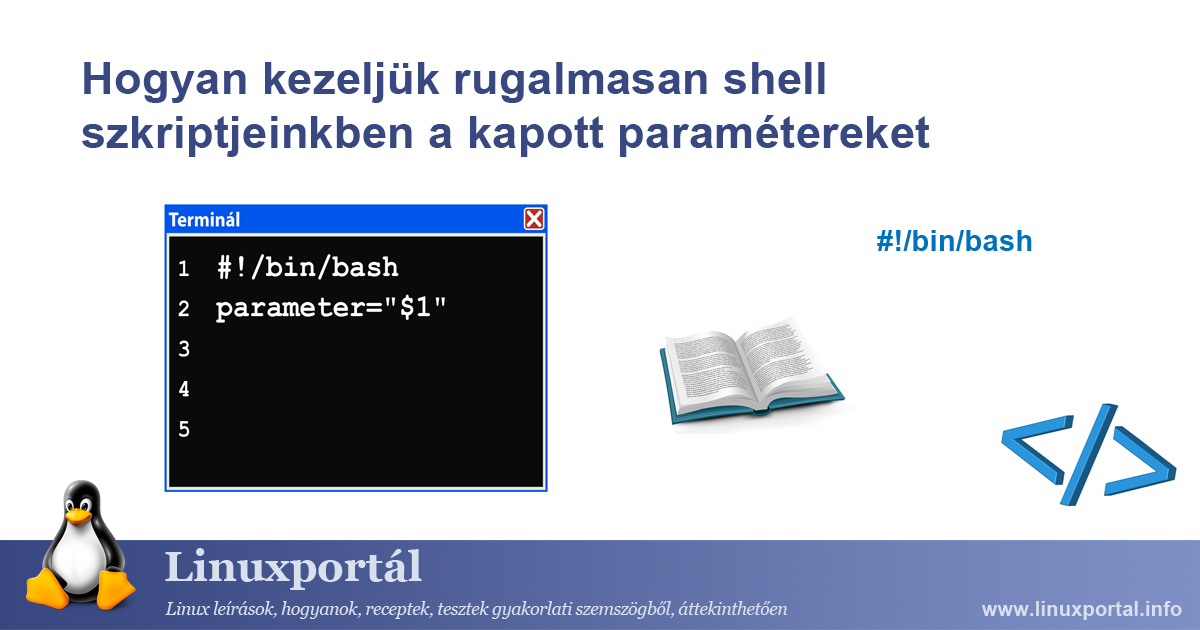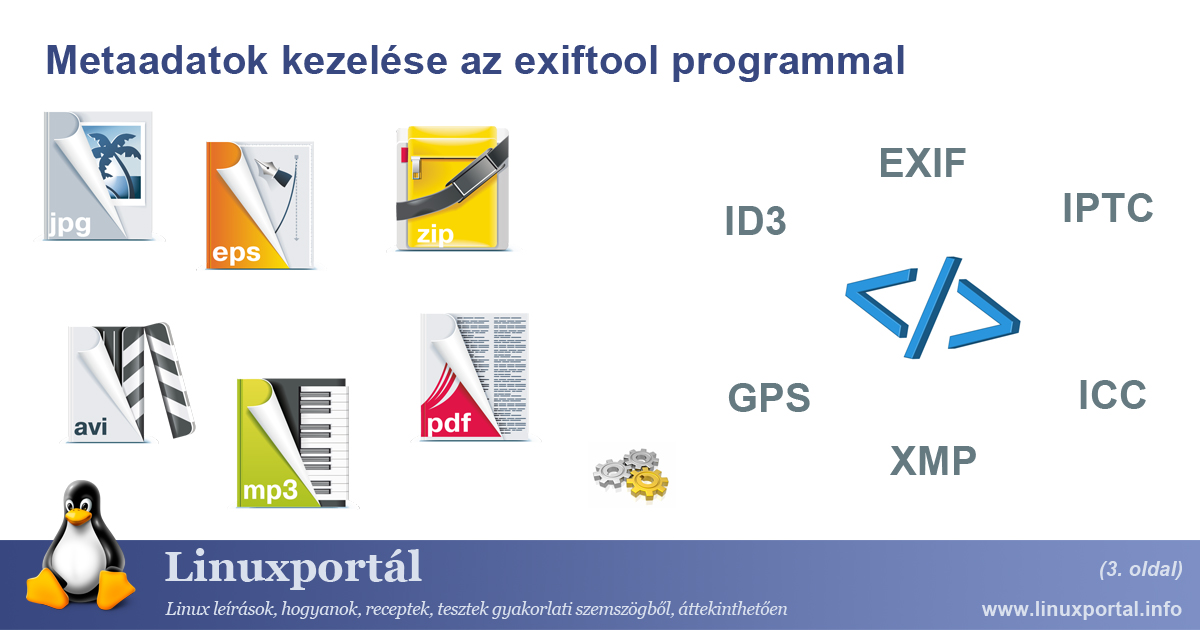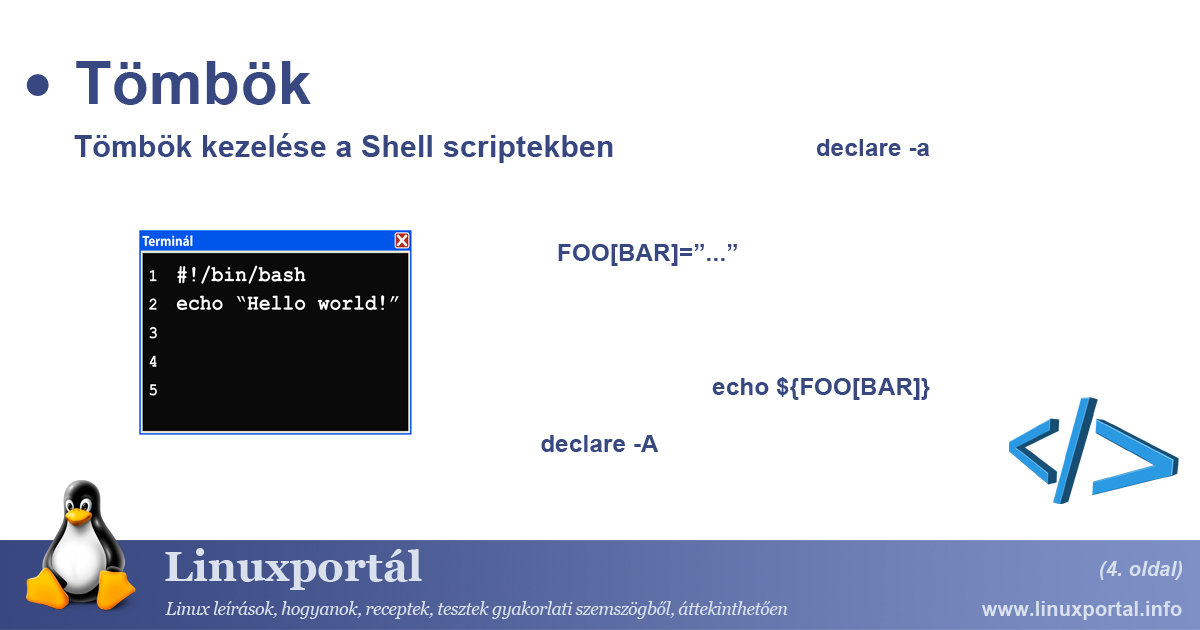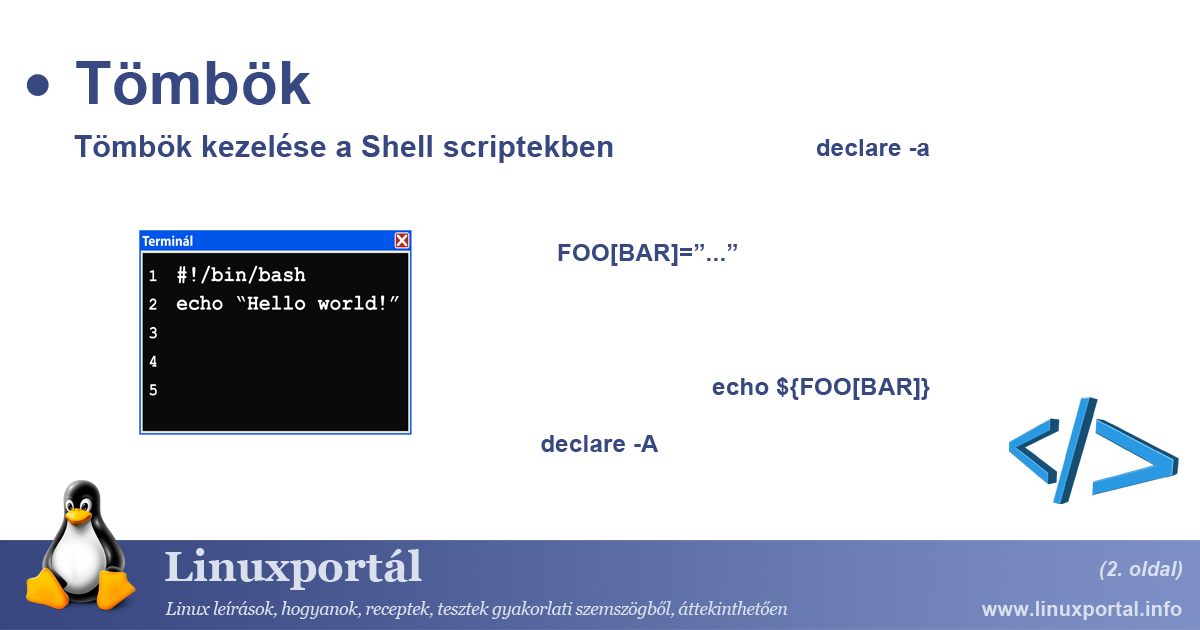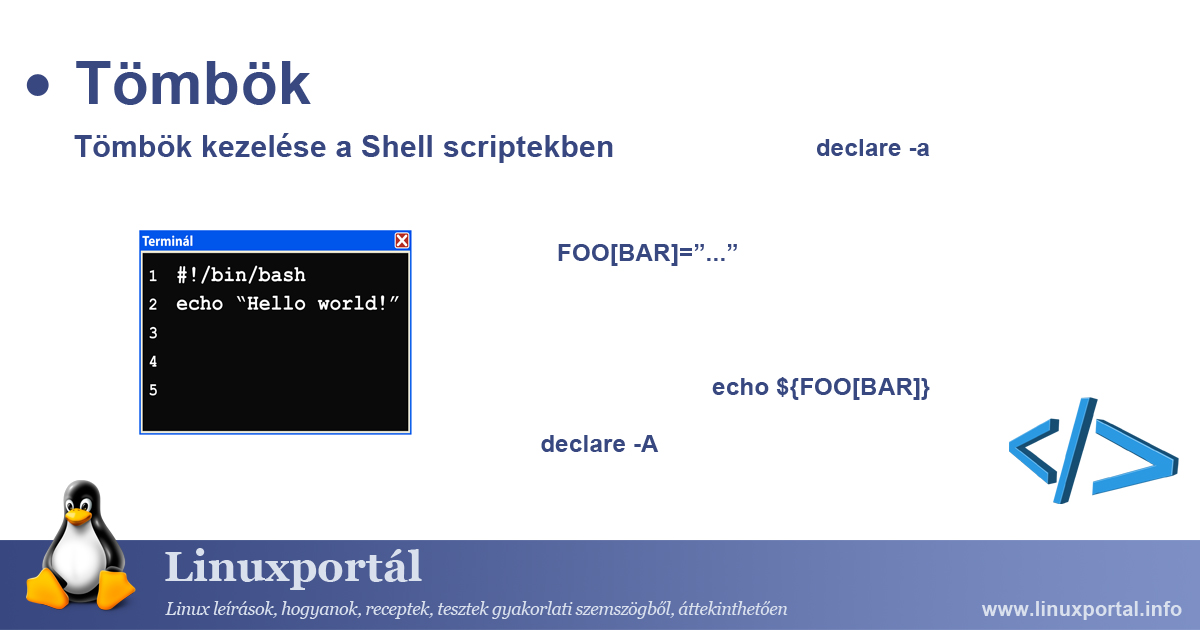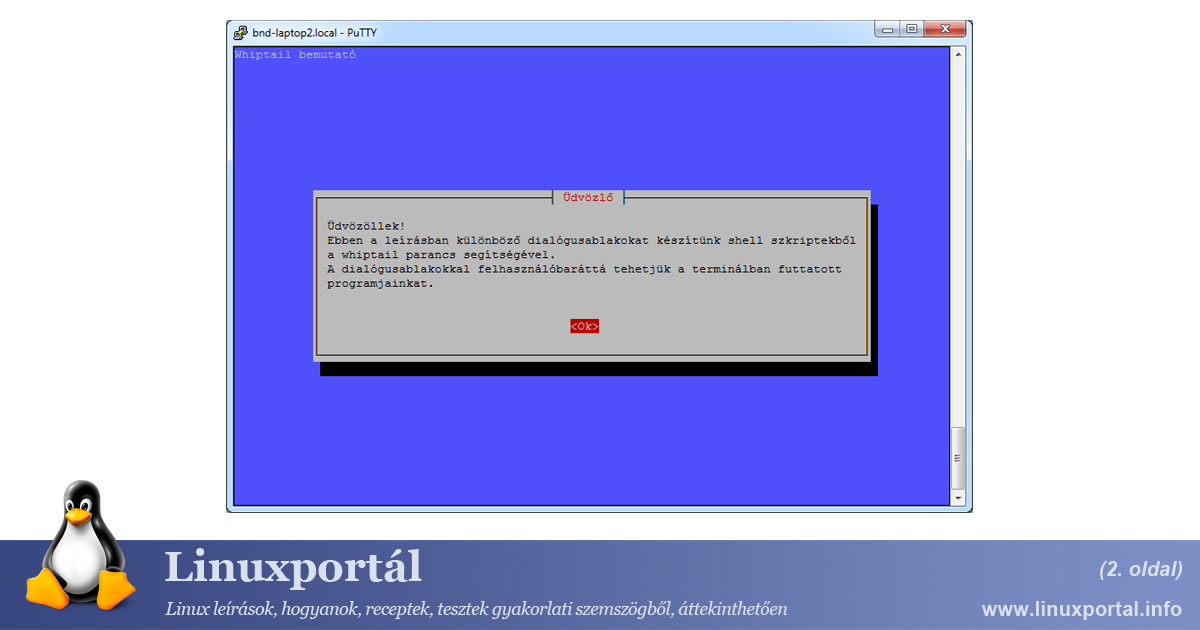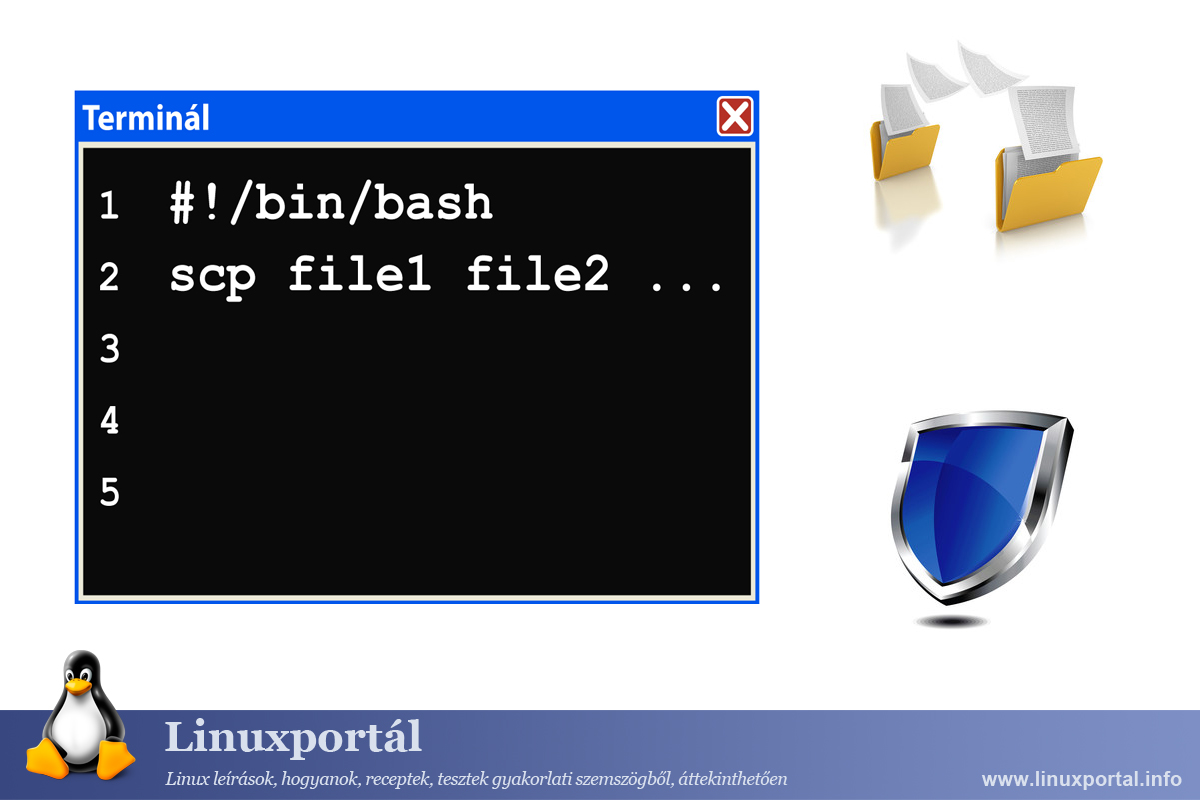How to flexibly handle parameters in our shell scripts
When programming, it is important that when we write a program that performs a certain task, our code should be prepared for several possibilities, variations and, if possible, parameterized - with which we can make its operation fine-tuned. This is no different for shell scripts. In today’s example, we’ll look at how we can flexibly handle the parameters we get in our scripts, making it easier to create programs that are easier for others to use.

